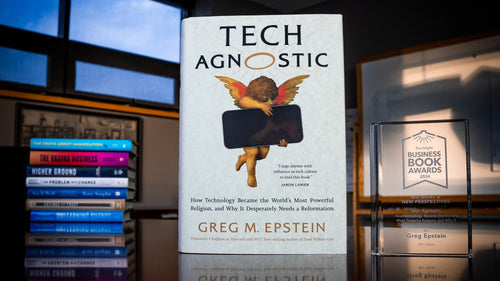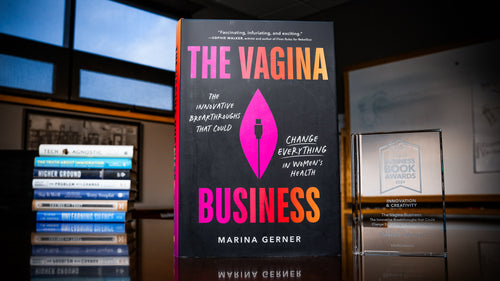Ask 8cr! - Divide or Conquer
Ask 8cr! is a section of our blog used as a forum to address the kinds of issues and challenges people are having in the workplace. We take these issues and apply a business book we feel offers a viable solution.
Ask 8cr! is a section of our blog used as a forum to address the kinds of issues and challenges people are having in the workplace. We take these issues and apply a business book we feel offers a viable solution. Others then chime in via the comments section. The person with the selected challenge gets a free copy of the book, but everyone who reads these posts, wins. What's your challenge at work? Send it to me at jon(a)800ceoread(dot)com.
Today's challenge deals with how to break teams out of their mold to try new things, make some smart mistakes, and reach a higher level of success, particularly when you're not the boss:
"How can I get some help convincing management who has been doing the same things for many years to try different/new things?"- Corey
Work is mostly about relationships, but as work becomes complicated, busy, and hefty, so do the relationships involved become more complex. Sometimes this makes things more difficult, rather than simplified. In Corey's case, he's dealing with something internal (the desire for change), yet controlled by an external force (management). This relationship is a tricky one, so it's probably best to really have a good understanding of the relationship first. Then, he can work to transform this relationship, and offer practical change into the mix.
 But don't take it from me. This is the overview of an interesting new book by Diana McLain Smith titled Divide or Conquer: How Great Teams Turn Conflict into Strength. Corey doesn't mention any conflict, but he's certainly feeling it internally. Though much of the book addresses external conflict, the overall message is how to strengthen the team for the best results by starting with you. This works for Corey's, or anyone's, case. In fact, a big part of the relationship analysis the author outlines deals with addressing those internal issues - the concerns, the questions, the doubts, that put our working relationships to the test. By addressing these first, the approach will be less defensive and will create opportunities.
Let's say Corey attends a meeting with other employees and his manager. The manager lays out the details of a project, and Corey sits there thinking, "Here we go again! The same old approach!" He exchanges glances with another of his co-workers who feels the same way as him. After the meeting, the manager thinks that things are moving forward, but really, the team is divided, and the project result will be mediocre at best.
The author states, "There's no getting around it: change is difficult, and the more significant the change is, the more difficult it will be. Yet many of us render it even more difficult by making three common mistakes: setting unrealistic expectations, failing to anticipate and to help each other overcome predictable barriers, and micromanaging the pace and direction of change."
So, it might not be about convincing management to think outside the box, it might actually be about finding ways to better understand the relationship, use experience to show potential, and integrate change naturally - particularly when it's from the perspective of employee to management. Divide or Conquer can help bring all teams together for better results.
But don't take it from me. This is the overview of an interesting new book by Diana McLain Smith titled Divide or Conquer: How Great Teams Turn Conflict into Strength. Corey doesn't mention any conflict, but he's certainly feeling it internally. Though much of the book addresses external conflict, the overall message is how to strengthen the team for the best results by starting with you. This works for Corey's, or anyone's, case. In fact, a big part of the relationship analysis the author outlines deals with addressing those internal issues - the concerns, the questions, the doubts, that put our working relationships to the test. By addressing these first, the approach will be less defensive and will create opportunities.
Let's say Corey attends a meeting with other employees and his manager. The manager lays out the details of a project, and Corey sits there thinking, "Here we go again! The same old approach!" He exchanges glances with another of his co-workers who feels the same way as him. After the meeting, the manager thinks that things are moving forward, but really, the team is divided, and the project result will be mediocre at best.
The author states, "There's no getting around it: change is difficult, and the more significant the change is, the more difficult it will be. Yet many of us render it even more difficult by making three common mistakes: setting unrealistic expectations, failing to anticipate and to help each other overcome predictable barriers, and micromanaging the pace and direction of change."
So, it might not be about convincing management to think outside the box, it might actually be about finding ways to better understand the relationship, use experience to show potential, and integrate change naturally - particularly when it's from the perspective of employee to management. Divide or Conquer can help bring all teams together for better results.



